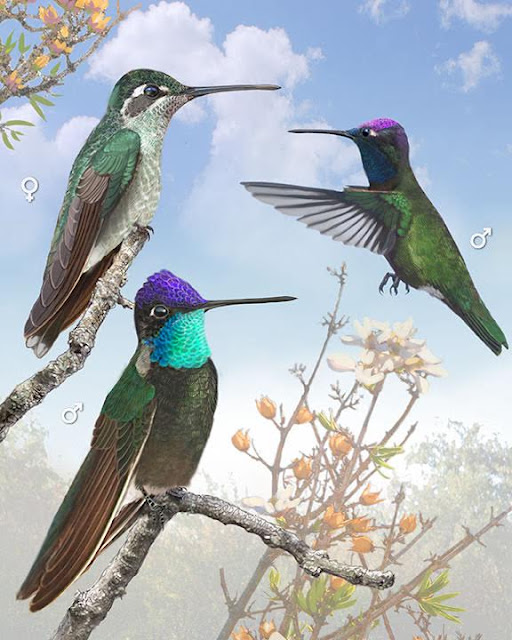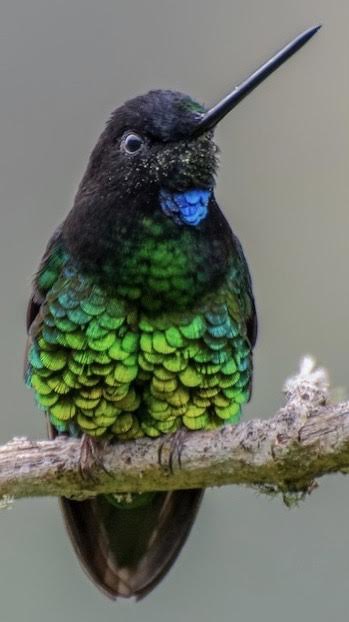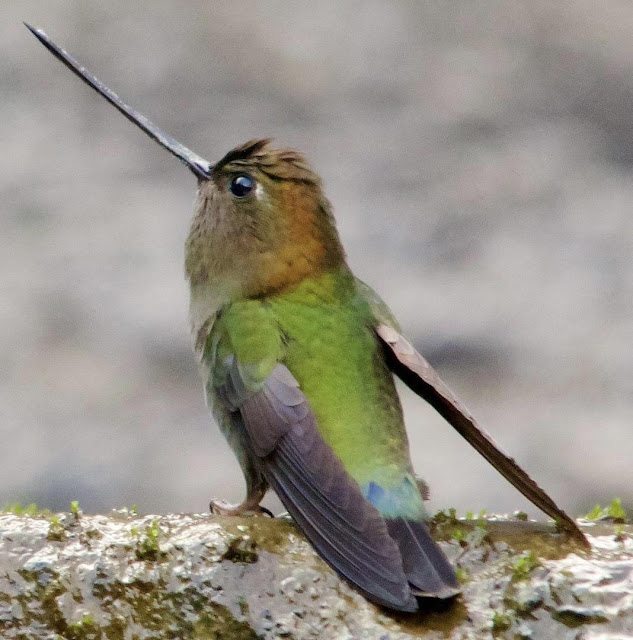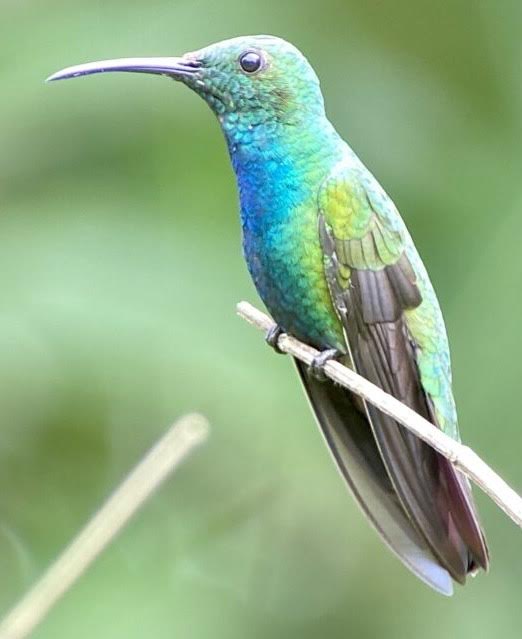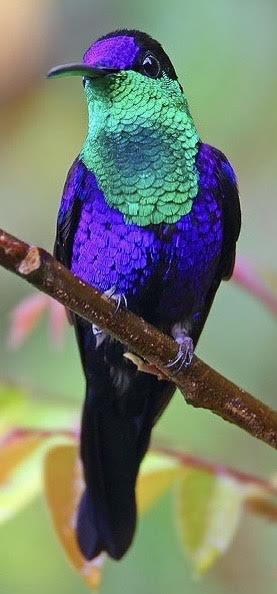Harbor in the Desert
A ship in a harbor is safe, but that is not what ships are built for. ― John Augustus Shedd
Friday, September 30, 2022
Monday, September 26, 2022
A baby hummingbird with antennas & 6 legs?
Last night a Hummingbird Moth visited our Sonoran Desert Balcony Garden & the following link is an 8 second video of an ultra cool experience that exemplifies an Improvatude moment that made me forget dinner was ready as I enjoyed its company for 30+ minutes as it dined on our beautiful purple Russian Sage.
Do you agree that a White-lined Sphinx Hummingbird Moth proboscis looks like the tongue of an anteater & an upside down noisemaker as it drinks nectar?
¡Pura Vida!
Friday, September 16, 2022
BALCONY GARDEN BIRDS
“I would like to paint the way a bird sings.” ― Claude Monet
I am horrible at painting but my writing is flourishing as hummingbirds hover next to us, thanking us for the blossoming flowers that give them life!
“The bird dares to break the shell, then the shell breaks open & the bird can fly openly. This is the simplest principle of success. You dream, you dare & you fly.” ― Israelmore Ayivor
Enjoy beautiful artwork from WhatBird.com of the birds that have visited our Sonoran Desert Balcony Garden east of S-cuk Ṣon overlooking Tanque Verde, the Santa Catalina Mountains & Babad Do’og.
BLACK-CHINNED HUMMINGBIRDS
BROAD-BILLED HUMMINGBIRDS
GOLDFINCHES
GREAT HORNED OWLS
MAGNIFICENT HUMMINGBIRDS
RUBY-THROATED HUMMINGBIRD
STONE PIGEONS
WHITE-LINED SPHINX
HUMMINGBIRD MOTH
Wednesday, September 14, 2022
¡LOS COLIBRÍES EXCLUSIVOS DE COLOMBIA!
Hay 17 colibríes que solo se encuentran en un lugar del mundo...
¡COLOMBIA!
Amazilia Capiazul
Amazilia Ventricastaña
Calzadito Admirable
Calzadito del Pinche
Chivito de Bogotá
Chivito del Nevado del Ruiz
Chivito de Santa Marta
Colibrí de Santa Marta
Colibrí Ventrizafiro
Esmeralda del Chiribiquete
Florido de Santa Marta
Florido de Tolima
Inca Coliblanco
Inca de Antioquía
Inca Negro
Piquicorto Dorsinegro
¡Los colibríes son absolutamente fascinantes y súper chevere!
No puedo caminar ni saltar.
Visitan más que mil flores diariamente.
Pesan menos de una moneda de 50 pesos.
Los huevos son el tamaño de un grano de café.
Los nidos son el tamaño de una moneda de 500 pesos.
Consume el doble de su peso corporal todos los días.
Vaten sus alas como un helicóptero de 12 a 80 latidos por segundo.
Los rebaños se llaman un brillo, un flotador, una melodía, o un ramo.
Beben néctar moviendo las lenguas dentro y fuera de la flor 13 veces por segundo.
Sepan cuánto tiempo tarda cada flor en rejuvenecer su néctar, de varios minutos a 24 horas.
El latido del corazón en vuelo es de hasta 53 latidos por segundo, lo que es 3,180 por minuto.
Hacen los nidos con seda de araña y otros recursos naturales que se expanden a medida que crecen los bebés.
Los colibríes vuelan y flotan como un helicóptero: hacían atrás o hacían adelante, hacían arriba o hacían abajo, e incluso al revés.
Si hace frío por la noche, entran en un estado de hibernación llamado torpor y su frecuencia cardíaca puede ser tan baja como 250 latidos por minuto.
Friday, August 19, 2022
Los Colibríes de Panamá
If you build it . . . they will come!
A vibrantly colorful hummingbird paradise will thrive with a few flowers & plants that have nutritious & sumptuous nectar as well as a water feature which will allow you to enjoy these fascinating creatures on a daily basis.
What hummingbirds live in Panamá?
Band-tailed Barbthroat
Black-bellied Hummingbird
Black-throated Mango
Blue-chested Hummingbird
Blue-headed Sapphire
Blue-throated Goldentail
Bronze-tailed Plumeleteer
Bronzy Hermit
Brown Violet-ear
Charming Hummingbird
Fiery-throated Hummingbird
Garden Emerald
Glow-throated Hummingbird
Gorgeted Woodstar
Gray-tailed Mountain-gem
Green-crowned Brilliant
Green-breasted Mango
Green-crowned Woodnymph
Green-fronted Lancebill
Green Hermit
Greenish Puffleg
Green Thorntail
Green Violet-ear
Long-billed Starthroat
Magenta-throated Woodstar
Magnificent Hummingbird
Pale-bellied Hermit
Purple-crowned Fairy
Purple-throated Mountain-gem
Purple-throated Woodstar
Ruby-throated Hummingbird
Ruby-topaz Hummingbird
Rufous-breasted Hermit
Rufous-cheeked Hummingbird
Rufous-crested Coquette
Rufous-tailed Hummingbird
Sapphire-throated Hummingbird
Scaly-breasted Hummingbird
Scintillant Hummingbird
Snowy-bellied Hummingbird
Snowcap
Stripe-tailed Hummingbird
Stripe-throated Hermit
Tooth-billed Hummingbird
Veraguan Mango
Violet-bellied Hummingbird
Violet-capped Hummingbird
Violet-crowned Woodnymph
Violet-headed Hummingbird
Violet Sabrewing
Volcano Hummingbird
Western Long-tailed Hermit
White-bellied Mountain-gem
White-crested Coquette
White-necked Jacobin
White-tailed Emerald
White-throated Mountain-gem
White-tipped Sicklebill
White-vented Plumeleteer
HUMMINGBIRDS FACTS
Can't walk or hop.
Weigh less than a nickel.
Egg is the size of a jellybean.
Nest is the size of a half dollar.
They visit 1,000+ flowers every day.
Consume double its body weight every day.
Drink nectar by moving tongue in & out 13 times per second.
Know how long each flower takes to rejuvenate its nectar, from several minutes to 24 hours.
Flap their wings like a helicopter 12 to 80 beats per second.
Heartbeat in flight is up to 53 beats per second which is 3,180 per minute.
Flocks are called a bouquet, a glittering, a hover, a shimmer, or a tune.
Makes nest with spider silk & other natural resources which expand as babies grow.
At night they go into a hibernation state called torpor & their heart rate can be as low as 250 beats per minute.
Hummingbirds fly & hover like a helicopter: backward or forward, up or down, & even upside down!
Subscribe to:
Comments (Atom)





















